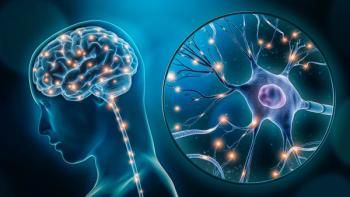
|Slideshows|April 13, 2018
Treating Adolescent Depression With Psychotherapy: A Quiz
Author(s)Sanno E. Zack, PhD
Empirically supported psychotherapeutic treatments have been shown to reduce symptoms of depression and build problem-solving skills in adolescents. Three of those treatments are discussed in this 10-question quiz.
Advertisement
Newsletter
Receive trusted psychiatric news, expert analysis, and clinical insights — subscribe today to support your practice and your patients.
Advertisement
Advertisement
Advertisement




